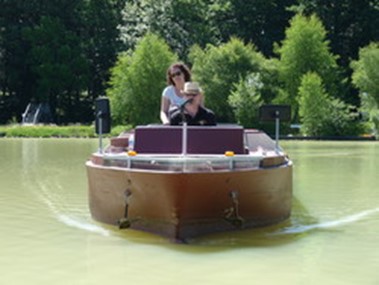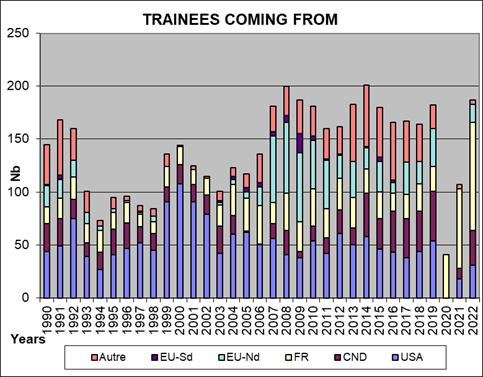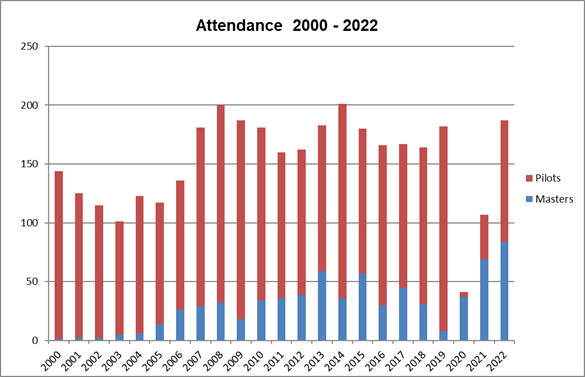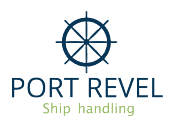Cruise Course
Course schedule Cruise course

Training schedule
| For : | Requirements : | Duration : |
| Pilot/Captain/Officer |
Without experience on manned models. Good experience as seafarer |
5 days (35 hours) from Monday to Friday |
| Number inside a group : | Trainer : | Acces request |
| 2 to 8 | Experienced instructor, former pilot | Portrevel.com\contact |
| Access delay : | Rates: | Disabled people |
| From 4 to 24 weeks (duration between order and course) |
From 11 100€ Price not including taxi/accomodation/restaurant, taxes and additional means of training |
Please contact the center to study the feasibility |
| Assessement | Assessement formal report | Absences and dropout |
| Done during all course by the instructor | A formal report for station or crew manager can be made upon request | Managing procedure upon request |


General goal :
Develop and acquire new skills in the maneuver of passenger’s vessels and increase your safety at sea.
Teaching method:
Classroom teaching is kept to a strict minimum of about an hour per day and a total of five hours per week. Participants sail on the lake for about three and a half hours in both the morning and the afternoon, making a total of seven hours per day and 35 hours per week.
Educational equipment implemented
Theory in classroom: Paper board, charts, diagram, ship tools…
Practice on the lake: piers, models, PPU, wave machine, current generators, wind maker, Vhf…
Program
Provisionnal schedule of manoeuvres
Day 1
AM :
- PODS : First contact basic. Ergonomic way to use Pods with maximum efficiency.
- Steering synchronized or independent mode, following a range head first and stern first. Skidding.
- Cruise-max : Specifics of inward turning twin screw propellers. Steering and maneuver with one propeller and rudder. Skidding
PM :
- PODS : Use of one Pod at a time on a slalom to control the different components involved during the rotation of the Pod. Application with maneuvers in locks.
- Cruise-max : Man oeuvres in deep and shallow water. Turning circles. Narrow access : canal, etc... Blockage factor.
Day 2
AM :
- PODS : Maneuvers and dockings in the current. Different approaches, bow first and stern first. Analyze of the advantages and inconveniences.
- Cruise-max : Same maneuvers . Differences with Pods.
PM :
- PODS : Transit in a canal. maneuvers stern first , swinging and leaving in narrow areas and canal.
- Cruise-max : Passage through the locks . Use of the anchors and emergency stops in open waters and canal.
Day 3
AM :
- PODS : Emergencies on track with an escort tug. Various emergencies in a canal, entering dry-dock with a tug and one Pod (bow thruster out of service)
- Cruise-max : Same exercises regarding the emergencies. Different uses of a tug while maneuvering in the current (or wind )
PM :
- PODS : Maneuvering in the current with tug and or anchor.
- Cruise-max : Maneuvering stern first with a tug , in a lock, entering a narrow area with crossing current at the entrance, swinging in a canal and leaving stern first.
Day 4
AM :
- PODS and Cruise-max : Use of a PPU, with and without current, limits of the prediction. Following a range, approach of a lock, proceeding into a channel with a long curve and entering a narrow canal.
PM :
- PODS : Docking in confined areas with current. Docking through narrow accesses with current. Use of the anchor with a weak bow thruster.
- Cruise-max : Same maneuvers. Use of the anchor with a weak bow thruster.
Day 5
AM :
- Meeting and Overtaking in a canal. Swell effect on ship following a range and passing a narrow passage.
PM :
- Free practice, the trainee will choose the most interesting exercises according to his professional situation.
Function of the wishes of trainees even during the week it’s possible to change some exercises to discover or to do specific exercises with:
- the Voyager with pods (1000 ft cruise ship with two 14 MW pods and 12 MW bow thrusters,
- Q-Max (266 000 m3 LNG Carrier with twin screw & rudder),
- Cruise Max with twin screw & becker flap rudder
- and use the PPU during maneuver to help with predicted silhouettes and or with fog.
Educational resources for the trainee
| Name | Origin |
| Ship handling manual | Center |
End of training administrative documentation
| Name | Origin |
| Training certificate | Center administrative assistant |
| Certificate of attendance | Center administrative assistant |
| Training agreement | Center administrative assistant |
Evolution and continuation of the training course
| Name | Origin |
| Advanced course | Center |
| Dedicated Course | Center |
| Customized Course | Center |
Skills required for animation
| Name | Origin |
| Pilot with more than 20 years’ experience | Center |
Educational resources for the instructor
| Name | Origin |
| PWP modules | Center |
| Ship handling manual | Center |
| Photos/videos | Internet |
